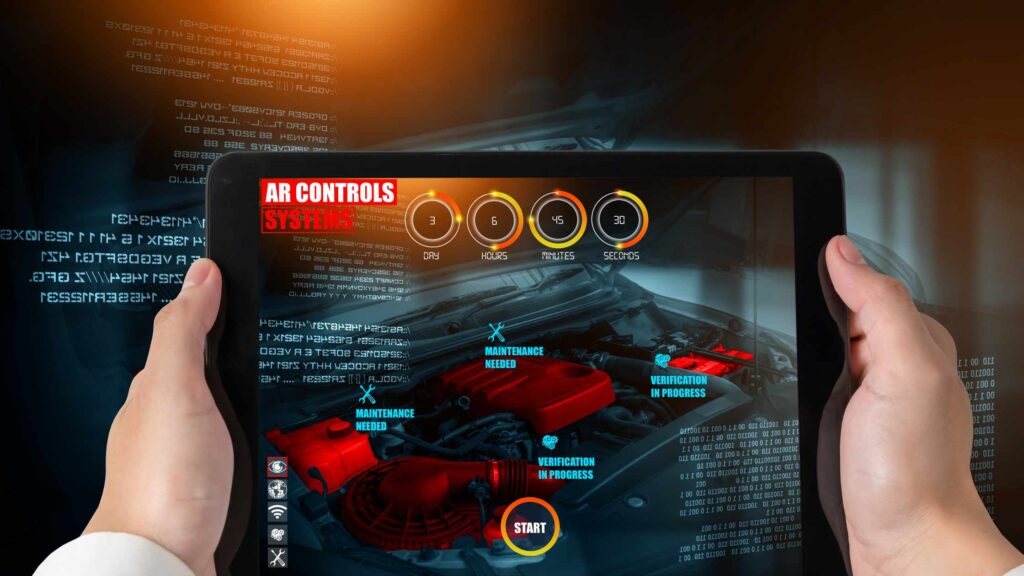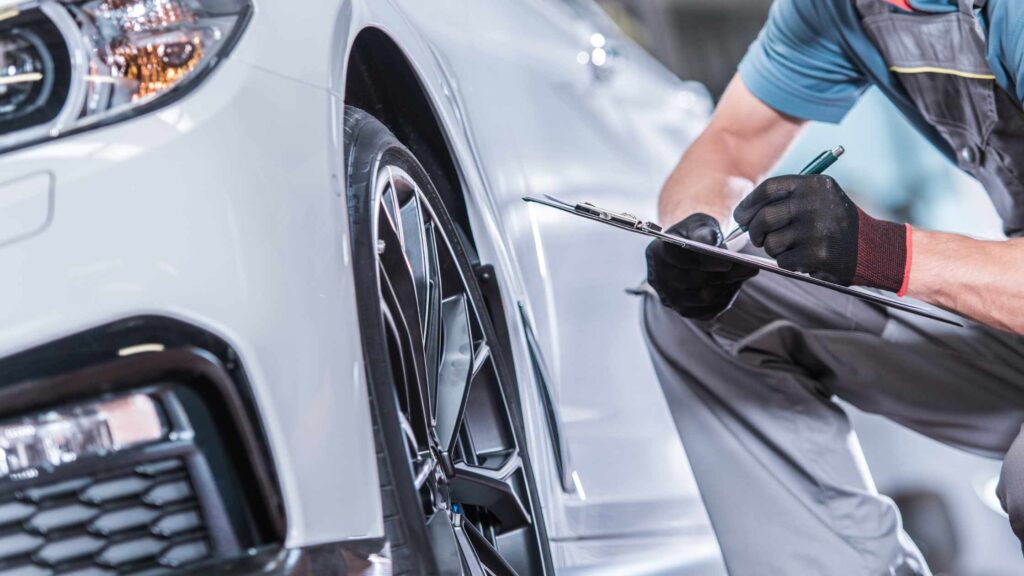Introduction
Augmented reality (AR) has made significant advancements in recent years, transforming various industries and enhancing user experiences. And now, this revolutionary technology is making its way into the automotive industry, bringing about exciting possibilities in navigation and safety. In this article, we will explore how augmented reality is revolutionizing cars and revolutionizing the way we drive.
The Rise of Augmented Reality in Cars
Augmented Reality for Navigation
Gone are the days of relying solely on GPS systems or static maps for navigation. With the integration of augmented reality, cars are becoming more intuitive and interactive. By overlaying digital information onto the real world, drivers can receive real-time navigation guidance and relevant data without diverting their attention away from the road.
AR-enabled navigation systems project essential information, such as turn-by-turn directions, distance markers, and speed limits, onto the windshield or directly into the driver’s line of sight. This heads-up display (HUD) technology allows drivers to keep their focus on the road while seamlessly following directions.
Moreover, AR-enhanced navigation systems can also incorporate live traffic updates, highlighting potential roadblocks, accidents, or congestion ahead. This information empowers drivers to make informed decisions and choose alternative routes, avoiding unnecessary delays.
Augmented Reality for Safety
Safety is of paramount importance in the automotive industry, and augmented reality is taking it to the next level. By leveraging AR, cars can provide drivers with enhanced safety features and assist in preventing accidents.
AR-enabled cameras and sensors can identify and track objects in the vehicle’s surroundings, such as other vehicles, pedestrians, or obstacles. This information is then projected onto the HUD or the car’s infotainment system, giving drivers a comprehensive understanding of their surroundings. With real-time overlays, drivers can quickly assess and react to potential dangers, improving their overall awareness and reducing the risk of accidents.
Additionally, augmented reality can support advanced driver assistance systems (ADAS) by integrating visual cues and warnings directly into the driver’s field of view. For example, a lane departure warning system can use AR to display virtual lane markers on the windshield, notifying drivers if they are drifting off their lane.
The Benefits of Augmented Reality in Cars
Improved Navigation Accuracy
Traditional GPS systems may occasionally provide inaccurate directions, leading to confusion and frustration for drivers. Augmented reality in cars greatly improves navigation accuracy by overlaying information directly onto the real world. This real-time guidance ensures drivers never miss a turn or exit, making their journeys more efficient and stress-free.
Increased Safety and Awareness
With augmented reality, drivers can experience a heightened level of safety and awareness on the road. AR systems provide real-time visual information, highlighting potential hazards and helping drivers anticipate and respond to situations more effectively. By minimizing distractions and enhancing situational awareness, augmented reality significantly reduces the risk of accidents.
Enhanced Driving Experience
Augmented reality transforms the driving experience, making it more interactive and enjoyable. From augmented reality dashboards to virtual driving assistants, this technology offers innovative and personalized features. Drivers can customize their AR interfaces, choosing what information and data they want to see, creating a tailor-made driving experience.
Future Developments and Possibilities
The potential of augmented reality in cars is vast and ever-evolving. As technology continues to advance, we can expect to witness even more exciting developments. Some future possibilities include the integration of augmented reality with autonomous driving systems, creating a seamless and immersive driving experience.
Conclusion
Augmented reality is revolutionizing the way we navigate and stay safe on the roads. With real-time navigation guidance, improved situational awareness, and enhanced driving experiences, this revolutionary technology is transforming the automotive industry. As we look forward to the future, augmented reality will continue to play a pivotal role in reshaping the way we drive and interact with our vehicles. Welcome to the future of automotive technology.







